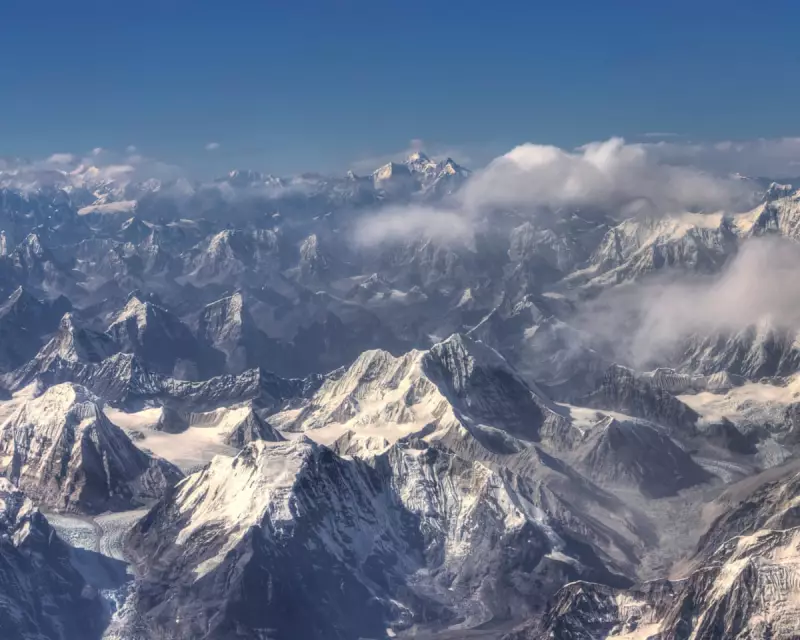
A catastrophic avalanche has struck Mount Yalung Ri in eastern Nepal, claiming the lives of four climbers in a tragedy that has sent shockwaves through the mountaineering community. The incident occurred on Monday morning local time, according to Nepalese officials.
The Victims: Experienced Guides and Climbers
Among the deceased were three highly experienced Nepali mountain guides and one foreign climber, whose identity is being withheld pending family notification. The guides, whose names have been released as Pasang Sherpa, Mingma Gurung, and Tenzing Bhote, were respected professionals within Nepal's renowned climbing community.
"These were not novices," explained a spokesperson from Nepal's Department of Tourism. "These guides had extensive experience in the Himalayas and were among the best in their field. This tragedy underscores how even the most experienced are vulnerable to nature's unpredictability."
The Rescue Operation: Challenging Conditions
Rescue teams faced extremely difficult conditions during recovery efforts, with poor weather and the remote location of the avalanche complicating operations. The bodies were successfully recovered from the mountain and transported to Kathmandu, where formal identification processes are underway.
The climbing expedition had obtained proper permits from Nepalese authorities and was following an established route when disaster struck. Mount Yalung Ri, standing at approximately 5,630 meters (18,470 feet), is considered a challenging but popular peak for experienced climbers seeking to summit in the Kangchenjunga region.
Mountaineering Safety in Focus
This tragic event raises renewed questions about safety protocols in high-altitude climbing, particularly during the autumn climbing season when conditions can change rapidly. The Nepal mountaineering industry, which provides crucial income for many local communities, has faced increasing scrutiny over safety standards in recent years.
"Every life lost in the mountains is a profound tragedy," said a representative from the Nepal Mountaineering Association. "We extend our deepest condolences to the families and colleagues of those lost. This incident reminds us all of the inherent risks of high-altitude mountaineering, regardless of experience or preparation."
Ongoing Investigation
Authorities have launched a full investigation into the circumstances surrounding the avalanche. Preliminary reports suggest unusual weather patterns may have contributed to the unstable snow conditions that led to the disaster.
The international climbing community has begun expressing condolences through social media and official channels, with many highlighting the crucial role that Nepali guides play in supporting climbing expeditions throughout the Himalayas.





